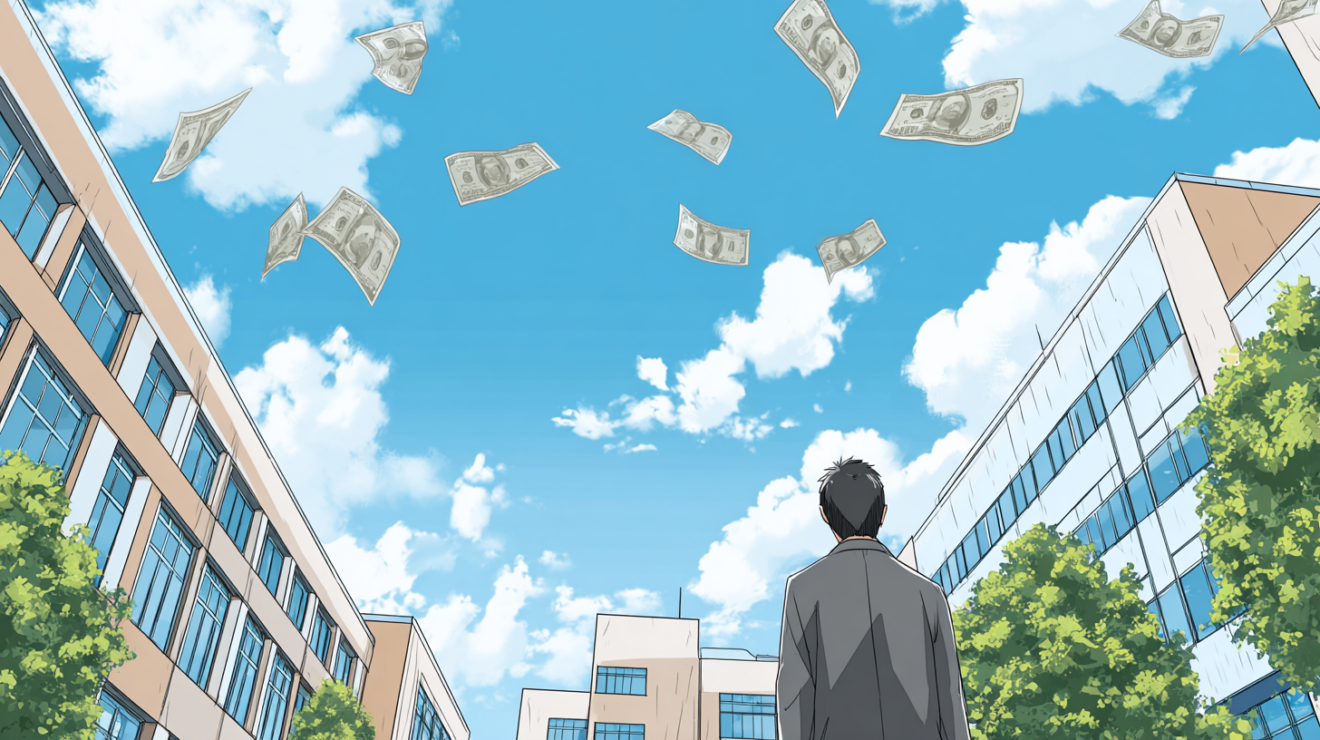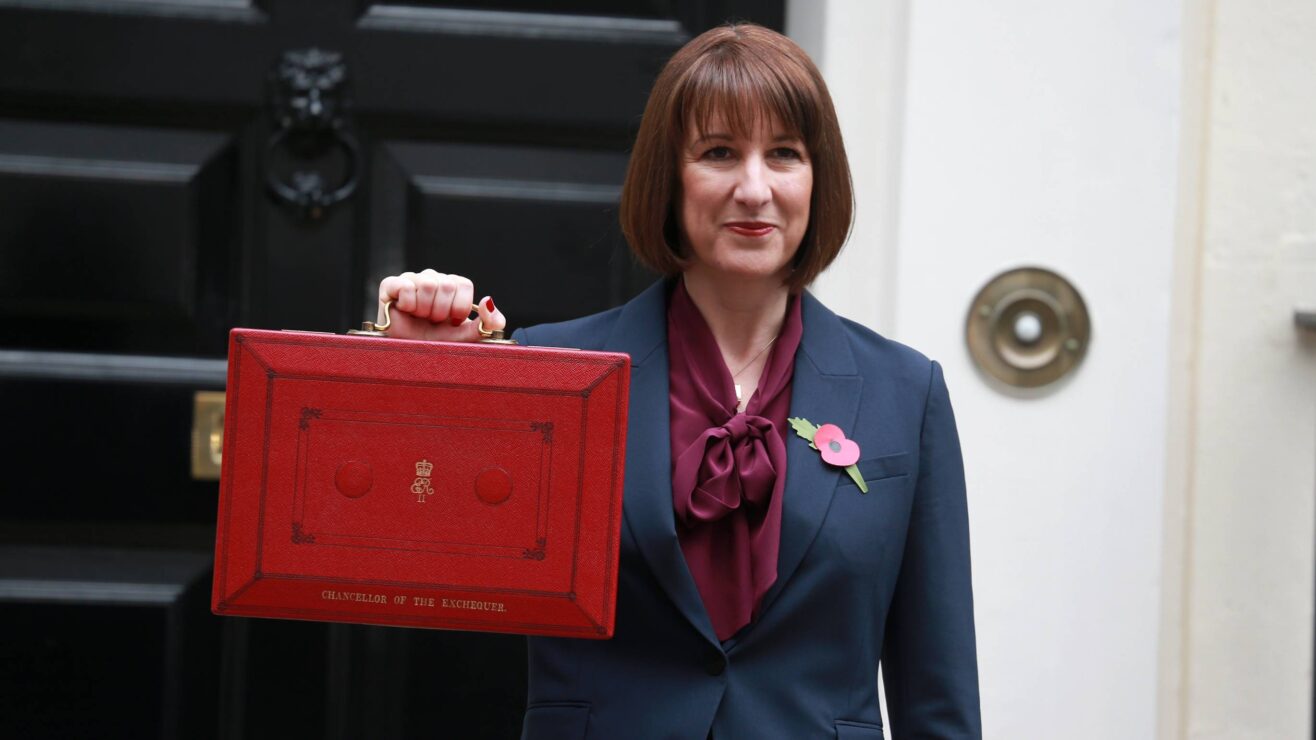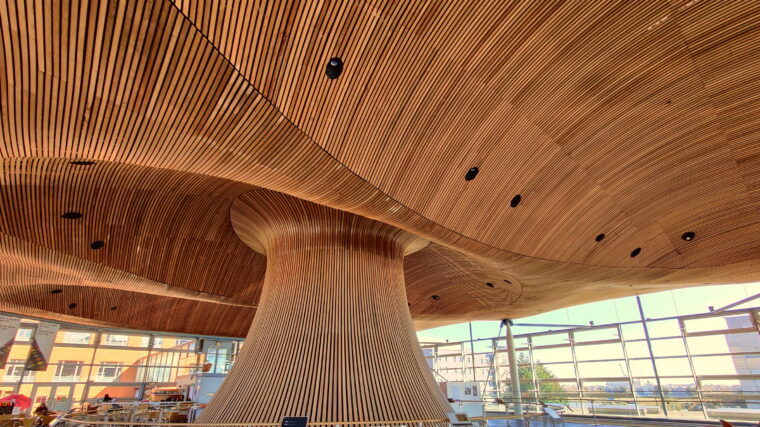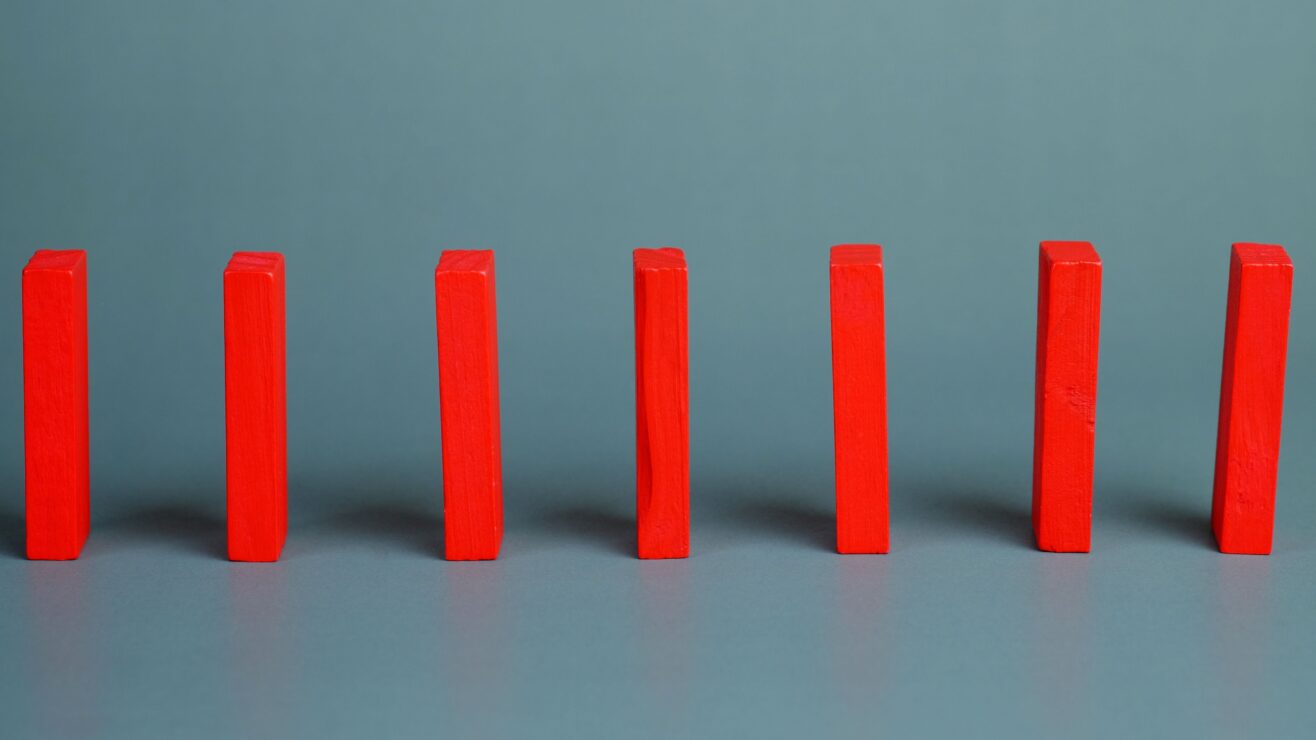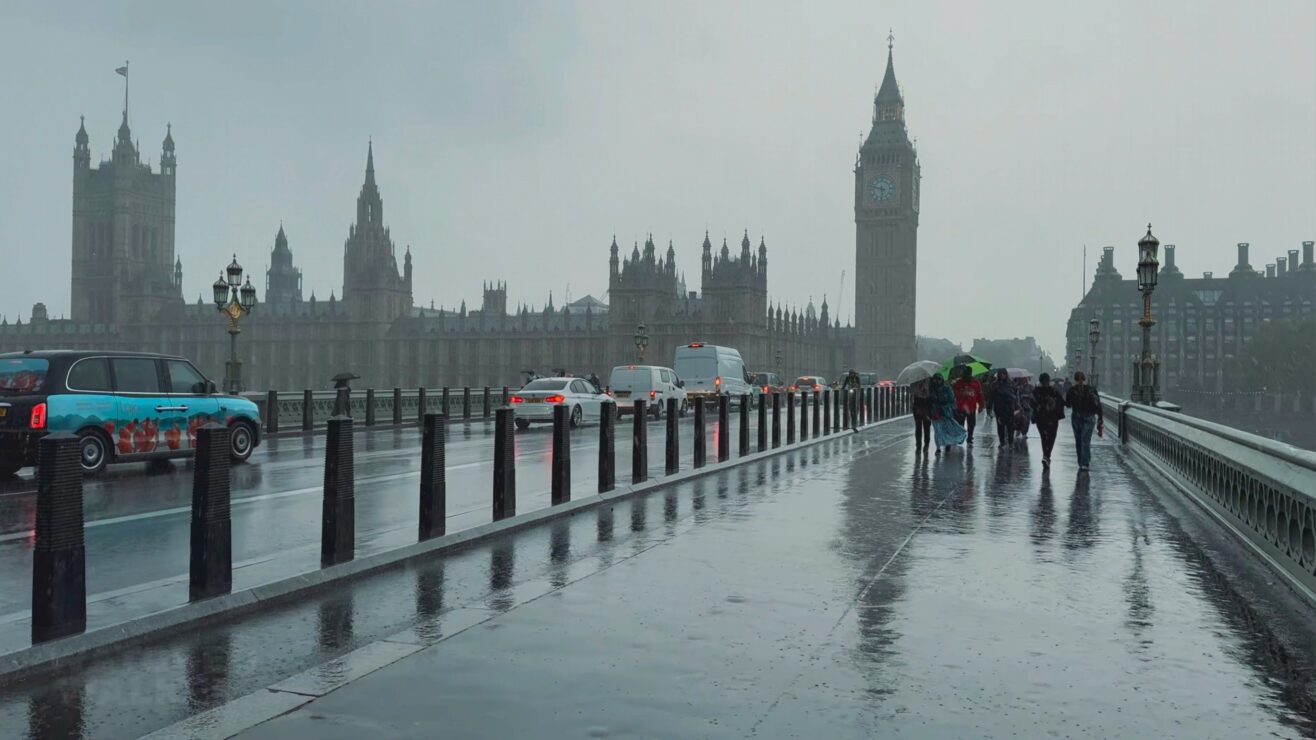Today I present an object lesson in why you shouldn’t take the captions on postcards too literally.
There is not now, and never has been, a real Peckham Polytechnic. What there has been, and still is, is the institution now known as the Camberwell College of Arts, part of the University of the Arts, London.
This was founded in 1898 as the Camberwell School of Arts and Crafts but we need to go back a little earlier, to 1868, and the establishment of the South London Working Men’s College, to trace its ancestry fully. Professor Thomas Henry Huxley, biologist of note, and grandfather of Aldous Huxley, was its first principal. It is instructive to read an extract from his speech inaugurating the college, delivered on 4 January 1868 and reported in the South London Chronicle:
By way of a beginning, let us ask ourselves – What is education? And, above all things, what is our ideal of a thorough liberal education? Of that education which, if we could begin life again, we would give ourselves – the education which, if we could mould the fates to our own will, we would give our children. Well, I know not what may be your conception upon this matter, but I will tell you mine, and I hope I shall find that our views are not very discrepant.
Suppose it were perfectly certain that the life and fortune of every one of us would one day or other depend upon his winning or losing a game of chess. Don’t you think that we should all consider it a primary duty to learn at least the names and the moves of the pieces; to have a notion of a gambit and a keen eye for all the means of giving and getting out of check? Do you not think that we should look with disapprobation amounting to scorn upon the father who allowed his son, or the state which allowed its members to grow up without knowing a pawn from a knight?
Now, it is a very plain and elementary truth that the life, the fortune and the happiness of every one of us, and, more or less, of those who are connected with us, do depend on our knowing something of the rules of a game infinitely more difficult and complicated than chess. It is a game which has been played for untold ages, every man or woman of us being one of the two players in a game or his or her own. The chessboard is the world, the pieces the phenomena of the universe, the rules of the game are what we call the laws of nature.
The player on the other side is hidden from us. All we know is that his play is always fair, just, and patient; but, also, that he never overlooks a mistake or makes the smallest allowance for ignorance. To the man who plays well the highest stakes are paid with that sort of overflowing generosity with which the strong show delight in strength; and one who plays ill is checkmated without haste, but without remorse…
In short, the South London Working Men’s College was primarily concerned with practical knowledge and skills.
In its early years the college moved from Blackfriars Road, to Kennington Lane. At Kennington Lane a Free Library was added, at which in 1879 the manager of the college, William Rossiter, staged an art show. The library became the Free Library and Art Gallery, moving in 1881 to Battersea and in 1887 to Camberwell Road.
Rossiter bought the freehold of the Camberwell Road site in 1889 and started to build. First, an art gallery which opened in 1891; and then in 1898 the building shown on the card, which became the Camberwell School of Arts and Crafts.
The college was funded by John Passmore Edwards, and dedicated in honour of Frederic, Lord Leighton, painter and former President of the Royal Academy, who had died in 1896. Leighton was a pre-Raphaelite; you may recognise Flaming June, the work for which he is most noted.
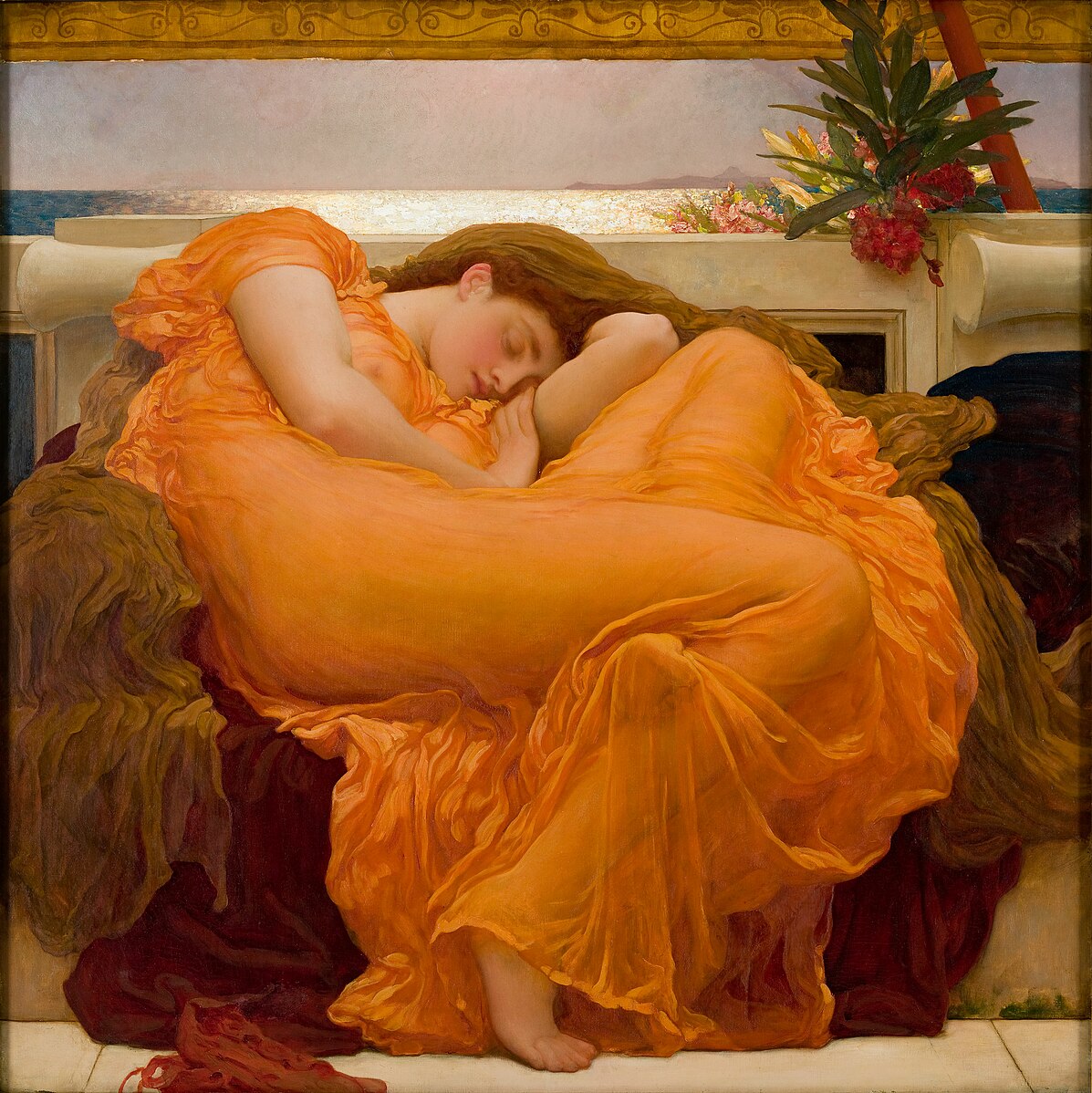
Nevertheless, the new college was not an art school. No, not even with it being called Camberwell School of Arts and Crafts. Its focus was on trade skills. Art arrived, so to speak, in 1920 when a fine art department was created.
The college was under the control of the London County Council, and over the years the provision focused more and more on the arts as we know them today. In 1986 the school became part of the London Institute, a grouping of independent colleges brought together for administrative purposes. And then in 1988 the Education Reform Act removed local authority control from HE, and the London Institute became a separate organisation, with a single governing body overseeing all of the member colleges.
The school became Camberwell College of Art in 1989, and the London Institute became the University of the Arts, London, in 2004. The buildings in the card still serve the college, but it has expanded with additional more modern buildings next door.
I can only speculate why specifically the card referred to it as Polytechnic Buildings, Peckham. What is now the University of Westminster was established as the Polytechnic Institute in 1838. Polytechnics were technical and practically focussed institutions of higher education. In the UK the term assumed a particular meaning in the 1970s, and with the British genius for social snobbery they were often seen as second class institutions, not as good as “proper” universities. But elsewhere polytechnics have high status: for example, the Rensselaer Polytechnic Institute in New York, established in 1824. My guess is that the Camberwell school was probably known locally as the polytechnic, because of its practical focus; the card maker (Valentines) was likely simply adopting the common name. But if you know the right answer, please do say!




